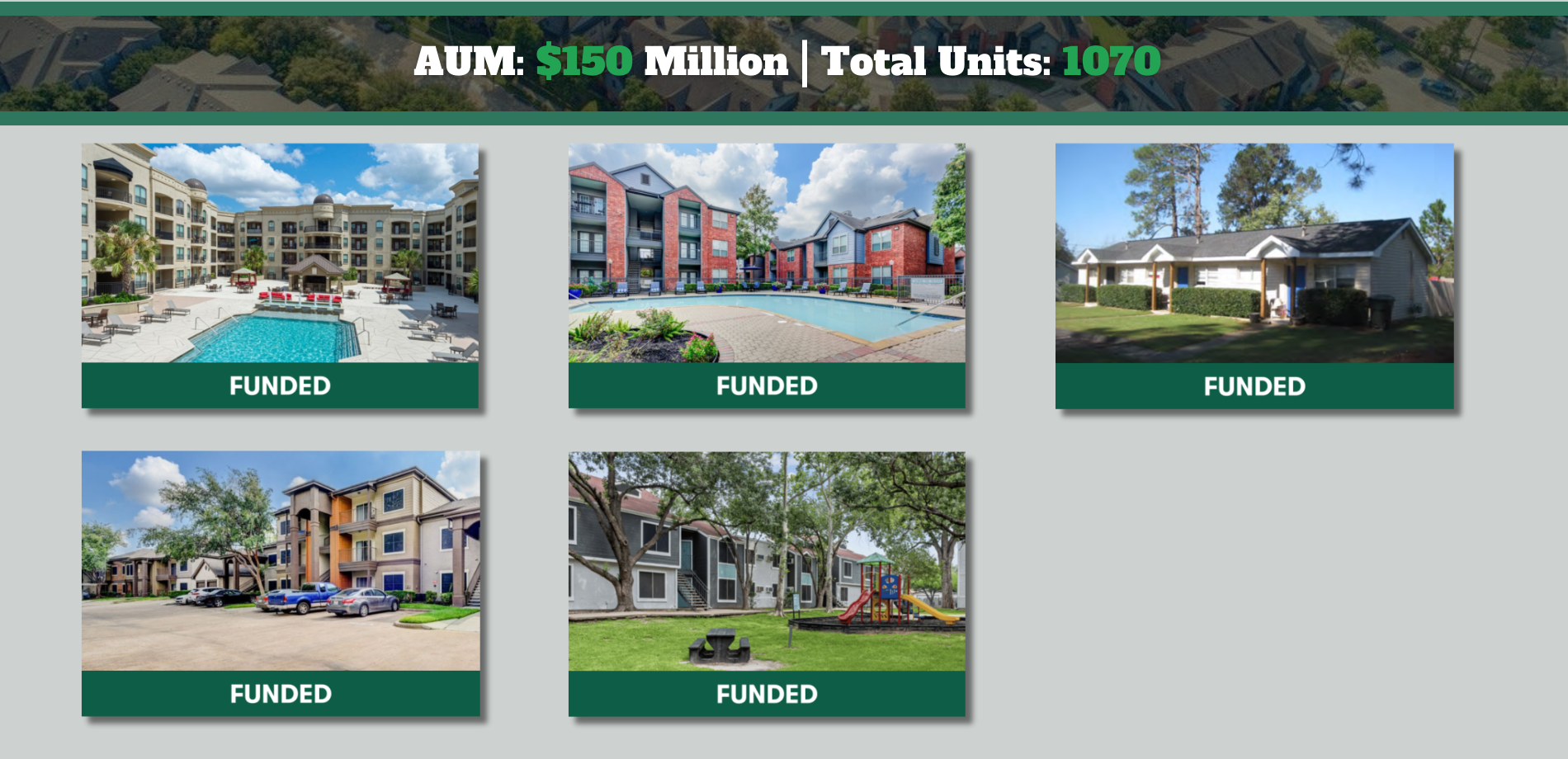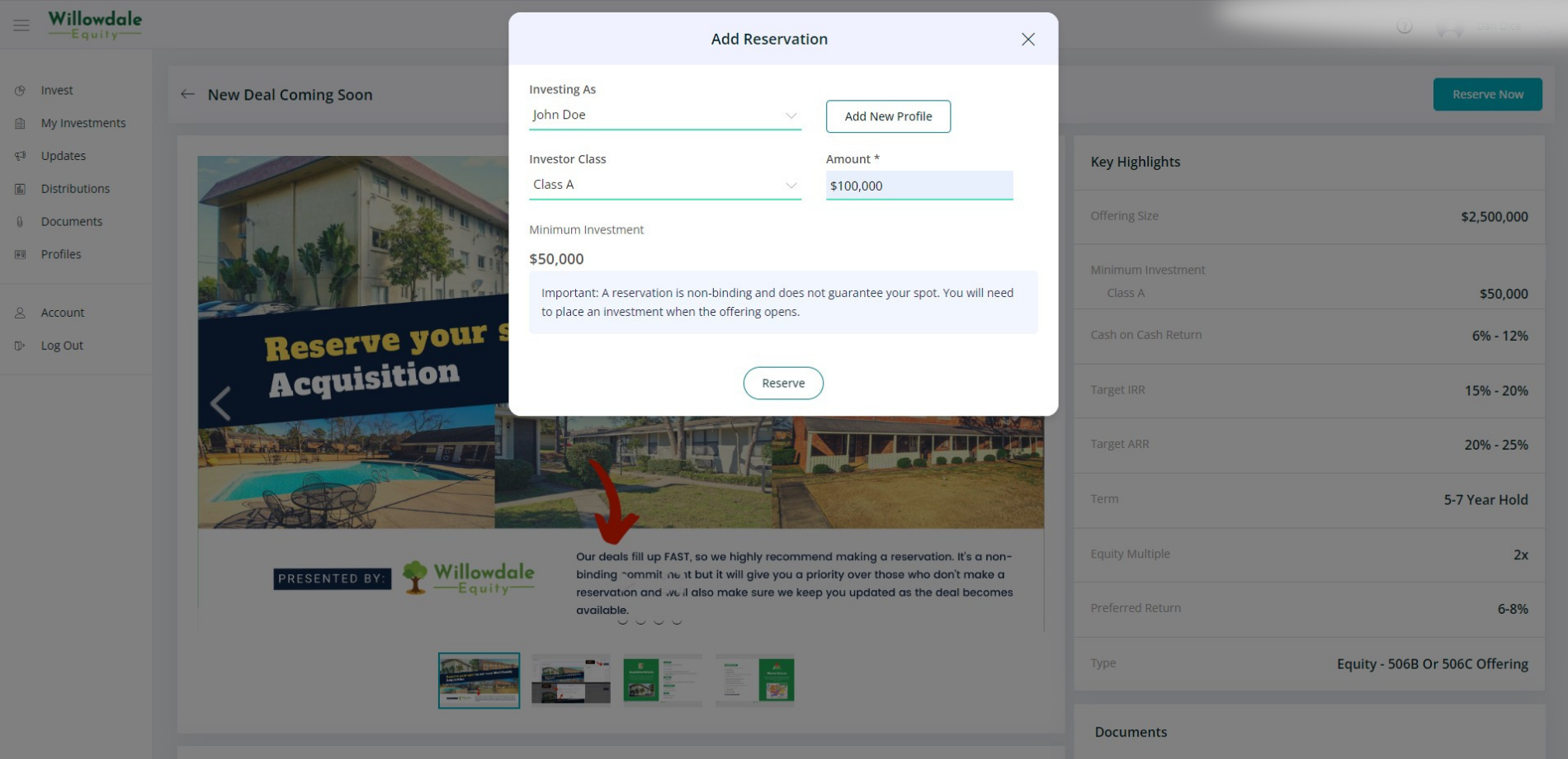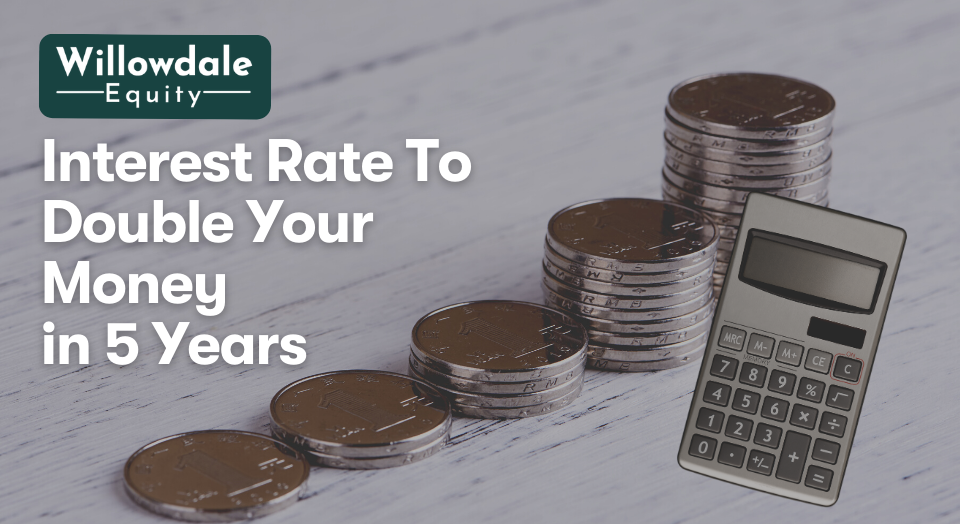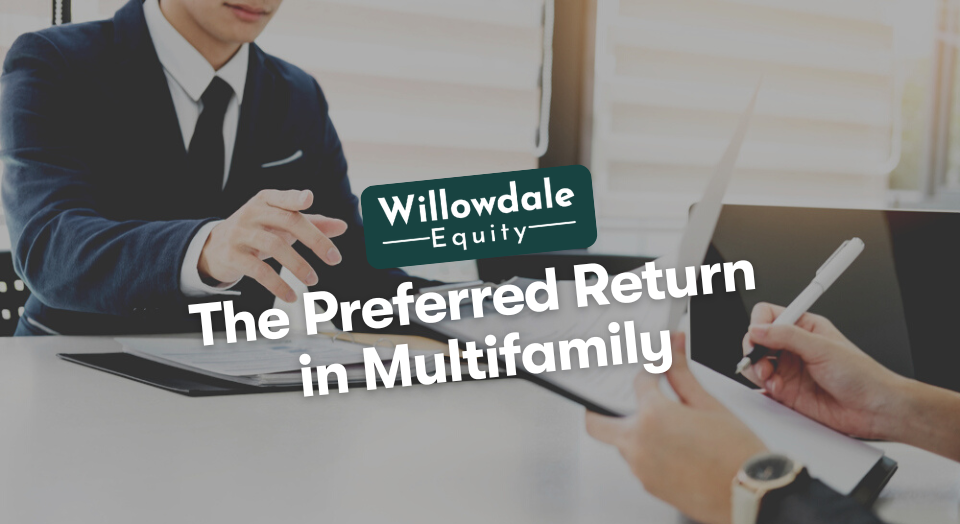
How to Interpret Yield on Cost in Multifamily Real Estate
This article is part of our guide on what a good IRR is for multifamily, available here.
When investing in commercial real estate, it’s essential to understand a property’s income-generation potential. You don’t want to do an incomplete analysis only to be stuck in a deal that isn’t generating as much as you expected. This is why it’s essential to understand yield on cost and how to interpret it when investing in multifamily real estate. As a real estate investor, what could appear to be a good deal might be disappointing.
Key Takeaways
-
The yield on cost is a property’s net operating income divided by its total acquisition cost.
-
The yield looks at the building’s income divided by its total cost, including renovation dollars. Cost is fixed, whereas value is constantly changing.
The Relationship Between Risk & Reward in Multifamily Real Estate Investing
As risk increases in a real estate investment so does the potential reward. However, while this reward compensates risk-tolerant investors, it can be difficult to assess just how risky something is in a mathematical calculation. That’s the purpose of yield on cost, a metric that helps determine risk when investing in multifamily real estate.
What does Yield on Cost Mean?: (YOC) Definition
In real estate investing, the yield on cost is a property’s net operating income divided by its total acquisition cost. This is especially useful in development deals as well as value-add projects.
This metric helps answer the question if the return on capital invested in this project is sufficient to overcome a project’s high up-front cost.
Related Read: Unlevered Yield on Cost in Multifamily
An Example of Yield on Cost in Action
Let’s analyze a hypothetical multifamily value-add project. There is a 10-unit building available for $800,000. The real estate sponsor wants to acquire this building and invest $200,000 in capital improvements, renovating the units and common areas. The property will yield $50,000 in net income for the first year after completion.
By taking the building’s annual net income, $50,000, and dividing it by the total cost of the building, including both acquisition and renovation, $1,000,000, the result is 5%. This would be the result if it were an all-cash deal. A 5% all-cash yield is quite good in some markets, and with financing on top, this would likely be a good investment.
CAP Rate vs Yield
CAP rate and yield are similar metrics, but there are some critical nuances real estate investors should know:
- CAP rates look at market value, whereas yield looks at cost. When calculating the CAP rate, the building’s income is divided by its current value. The yield looks at the building’s income divided by its total cost, including renovation dollars. Cost is fixed, whereas value is constantly changing.
- CAP rates are an investment’s performance at a particular point in time, while yield is the performance over the life of the investment. If a property’s market cap rate compresses, the yield may remain very strong as rents are high, and the property was acquired before this appreciation occurred.
Yield on Cost Real Estate Development
Developers prefer this development yield metric due to its ability to control capital risk. As money is put into a property to develop it, developers can express this return with invested capital instead of the property’s present value, especially if it’s a brand-new development and not a rehab.
Related Read: Unlevered IRR vs Levered IRR
Frequently Asked Questions About (YOC) Real Estate
The yield on cost is essential to determine a property’s return relative to the amount invested in the project.
The stabilized yield on cost looks at the yield of a project over a defined period concerning the project’s cost. This allows for a clearer picture of the return on invested capital.
The yield on cost looks at the return on a project over a defined period, whereas the return on cost looks at the return both before and after at a properties stabilized net operating income.
Yield on Cost Real Estate - Conclusion
Now that you better understand yield on cost, you’ll better tune your investment strategy towards projects that fairly compensate for the added cost and risk. Investing without a team can be difficult, and learning from others’ mistakes is better than making them yourself.
That is why you should consider joining the investor club where you can leverage our resources and access exclusive value-add, multifamily investment opportunities across the southeastern United States.
Sources:
The Willowdale Equity Investment Club is a private group of investors that are looking to passively grow their capital and share in all the tax benefits through multifamily real estate investments.






